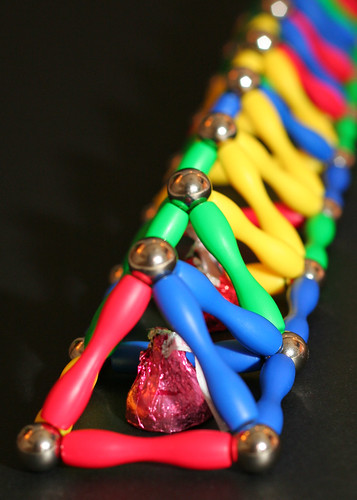
A Pyramid Framework
In Class #10, we worked out a framework for analyzing games. At the bottom of this framework is data, the building blocks for doing interactive strategy. The level above this is competitor analysis. Here we take our first cut at working out the details of payoffs and strategies available in the game as well as starting to make a mental model of our rival.
Above this is behavioral analysis. The goal here is to flesh out the mental model. Does the rival suffer from certain tendencies that will drive her strategy? Is she analogizing incorrectly? Is there a way to reframe the situation to gain an advantage? Finally, game theory is at the top of the pyramid. Having laid out the game, the strategies, and the payoffs and developed a "theory" of our rival's moves, we can use equilibrium ideas like look forward reason back, dominance, and Nash equilibrium to determine our best course of action.
This framework can be helpful in taking complex situations and reducing them to their key strategic elements so that sensible analysis is possible. Part of the art of game theory is knowing what not to include in the analysis so as not to get bogged down in detail and lose the key strategic factors of the situation.
No comments:
Post a Comment